Towards the end of this mega show at the Pompidou is a room with one wall of glass and, adjacent to it, a white wall covered by a projected image of text that describes the years from 1925 to 1933 when the German art movement known as the Neue Sachlichkeit (‘new objectivity’) went from flourishing in venues such as the Kunsthalle Mannheim to being dismissed as ‘Bolshevik art’ by the Nazi regime that replaced the Weimar Republic. Another wall in the room adds further historical details to this period and the radical shift over such a short space of time. At the Beaubourg, across 13 rooms we can explore the paintings, posters, designs and photographs of a movement that included the painters Otto Dix, Max Beckmann, members of the Bauhaus and the photographer August Sander. Also on display are film clips, diaries and even a full-scale recreation of the famous Frankfurt Kitchen designed by Margarete Schütte-Lihotzky, who drew on scientific data to devise what she believed was the most efficient space for housewives to cook and clean in comfort and at speed.
The bleak penultimate room describing the end of the movement feels suitably claustrophobic. Through its wall of tinted glass, which is in fact a two-way mirror, visitors can look into the first room of the exhibition, ‘Genesis’. Visitors in Room 1, in other words, have no idea they are being observed by visitors in Room 13, titled ‘Reversals’. The effect is a chilling comment on the possibilities and sheer energy of the earlier rooms, and this opportunity to observe earlier versions of our exhibition-going selves emphasises that we can do nothing about what is now history; all we have is hindsight.
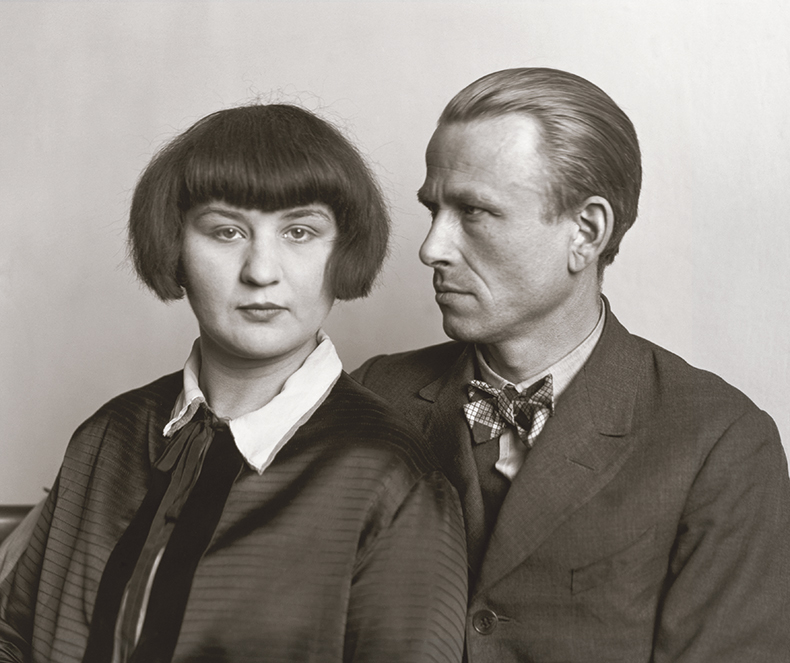
Pair of painters (Martha and Otto Dix) (1925–26), August Sander. Die Photographische Sammlung/SK Stiftung Kultur, Cologne. © Die Photographische Sammlung/SK Stiftung Kultur – August Sander Archiv, Cologne/Adagp, Paris, 2022.
That there are several ways to experience and understand the exhibition is suggested by the title itself: ‘Germany/1920s/New Objectivity/August Sander’. What is the meaning of all the slashes – as if the curators could not decide what to call it and are still at the brainstorming stage? Is it a show about Germany in the 1920s? Or about a specific movement from that period? Or is it a show about August Sander? It is easier, however, to grasp the point of the title during a visit. What we have instead, simply put, are two parallel exhibitions that complement each other. On the one hand a display of New Objectivity as a short-lived art movement in Germany and, on the other, some 100 photographs from Sander’s extraordinary and incomplete project, People of the Twentieth Century, to compile a profile of the 20th century through the various social types he identified, from farm workers and bakers to soldiers, artists, intellectuals and business figures. As Sander himself put it, his project was:
nothing other than a statement of faith in photography as a universal language and the attempt to draw a current physiognomic portrait of the German, relying on the optical-chemical process of photography, therefore on the total shaping of light.
This ‘statement of faith’ is worth keeping in mind when we consider how Sander went about collecting the material for his masterwork. Most often he would ask his models to pose, to act out the role of their own lives for the camera: creating an artifice, but in the pursuit of truth.
Guessing what Sander’s subjects were thinking as they gazed back at his camera and what they thought when they subsequently saw their portraits among the rest can be a fascinating game. We wonder, for example, what is going through the mind of an anonymous old peasant woman, one among several on display (but the others have names). Dressed all in black and perhaps not as old as she seems, she is so ravaged by hard work that her body seems broken: shoulders slumped, stooped on a stool, her huge hands laying on her lap, eyes unfocused and watery; she is looking in a different direction, but smiling, indicating that she is striking a pose and perhaps amused by the camera that has appeared in her home.
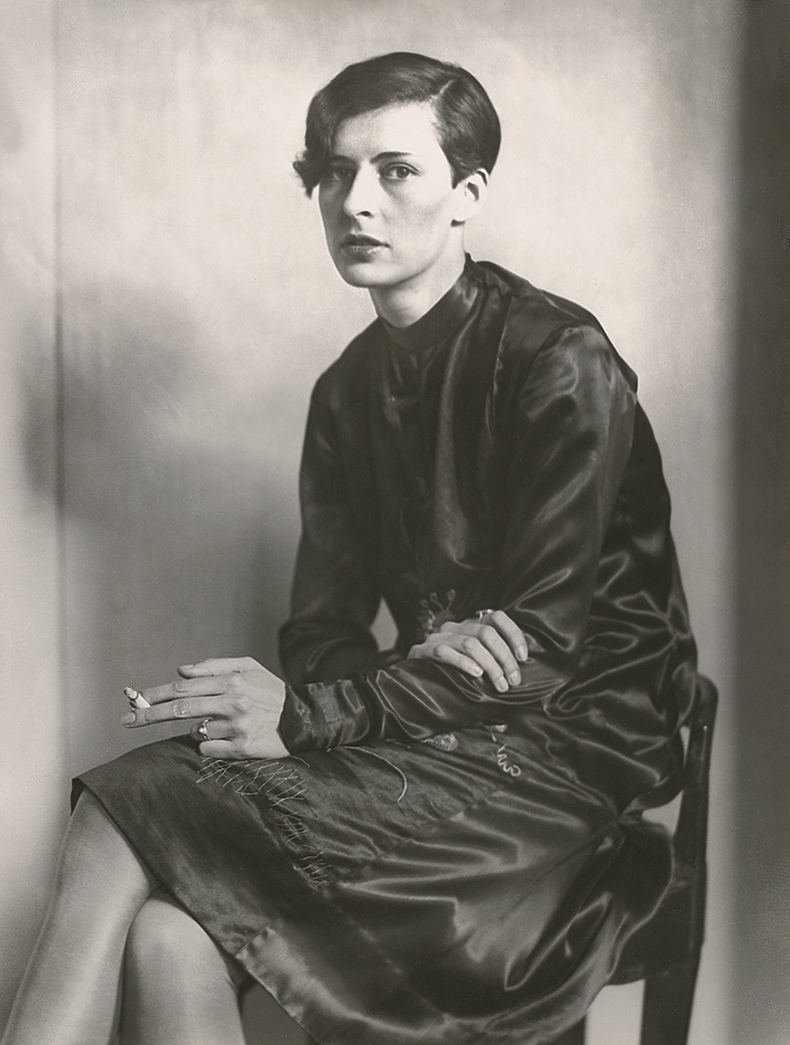
Secretary at West German Radio, Cologne (1931). August Sander. Die Photographische Sammlung/SK Stiftung Kultur, Cologne. © Die Photographische Sammlung/SK Stiftung Kultur – August Sander Archiv/Cologne/Adagp, Paris, 2022
One of the best-known images from Sander’s portfolio, alongside the much reproduced and discussed The Baker and Bricklayer, is Secretary (1931). Its subject is a rather beautiful, androgynous female figure seated, an elegant hand aloft holding a cigarette. She is dressed in sleek black, hair cut short like a garçonne, but with none of the type’s playfulness or flirtatiousness. She is self-possessed and reserved. She has style, though there is nothing decadent or exuberant about her. And yet it’s not so simple. Her vague smile, the way she drapes her arm on the chair, seeming nonchalance and guardedness, suggests she is keeping something from us. This sense of reserve, and some secret hanging in the air, is a quality shared by many of Sander’s portraits and I suspect he may have sought it out as a way to subvert the categories in his own strict system of classification. There is the type, he seems to be saying, and there is this individual representing the type.
Secretary echoes one of the most famous paintings on display in the New Objectivity section: Portrait of the Journalist Sylvia von Harden (1926) by Otto Dix. Here too the journalist is seated and holding a cigarette in her hand. But, typically for a portrait by Dix, the flaws of his subject are exaggerated to the point of being grotesque. The matchbox on the table is enormously out of proportion. She gestures with one hand as though she is in conversation, while her other disturbingly clutches her thigh in a spider’s grip. Her mouth is half-open, revealing an ugly set of teeth. Her skin is pale, sickly even.
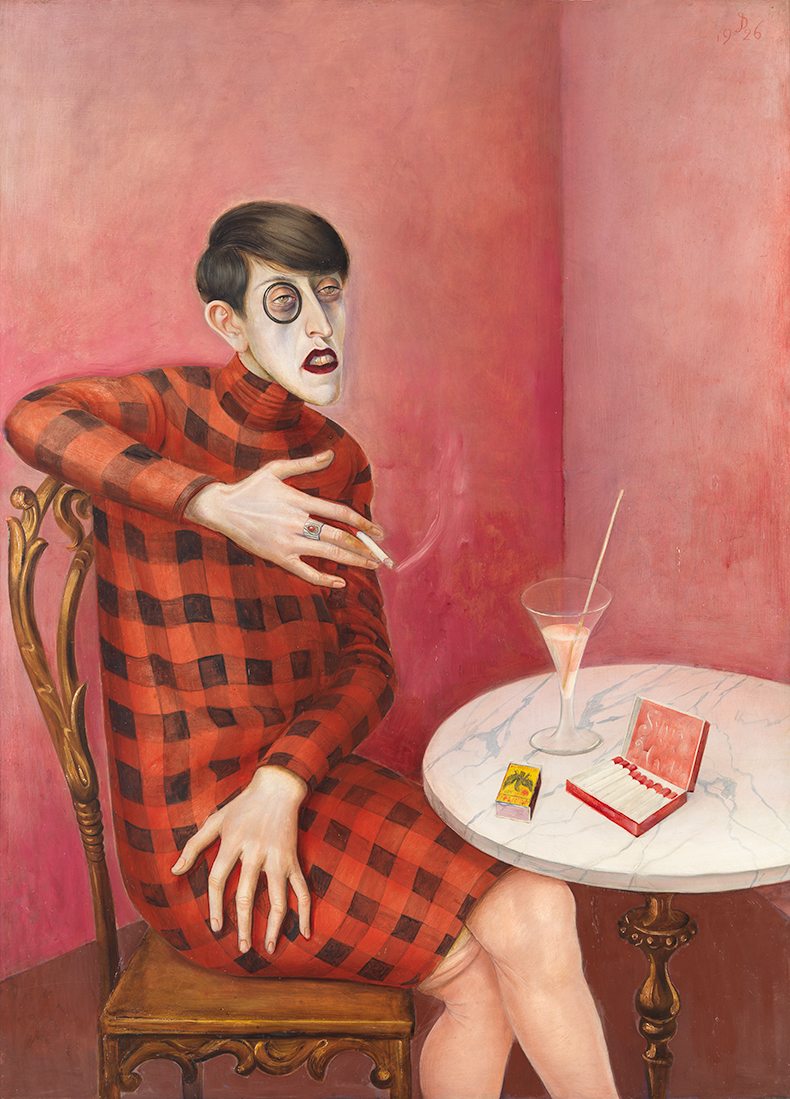
Portrait of the Journalist Sylvia von Harden (1926), Otto Dix. Musée Nationale d’Art Moderne, Paris. Photo: Centre Pompidou, MNAM-CC/Audrey Laurans/Dist. RMN-GP; © Adagp, Paris, 2022
Sander’s Bohemians (1925), involving two young men locked in a discussion, does not resonate with just a single work in the New Objectivity rooms, but several. Many of the scenes depicted in paintings from the movement are set in cafes, with groups or a couple of people, in conversation over drinks and in smoke-filled bars, such as Jeanne Mammen’s sexually transgressive Transvestitenlokal (1931) or To Beauty (1922) by Otto Dix. In Sander’s photograph all the context has gone. It is turned into a more abstract, even clinical depiction of a category type (bohemians) carrying out a typical activity (talking). Here the contrast between Sander’s work and that in the surrounding rooms creates the impression that the photographer is the source from which the other artists drew, creating variations on a typology that Sander has already defined.
Reaffirming this curatorial conceit, all the Sander material is located in the long central rooms that extend, like corridors, from one end of the space to the other. The walls on which Sander’s photographs are hung are painted grey to separate them from the white of the other rooms. Seeing his oeuvre alongside that of other artists of the period, we can observe the same impulses at work. These were ambitious, and we know it all ended badly.
‘Germany/1920s/New Objectivity/August Sander’ is at the Pompidou Centre, Paris, until 2 September.
Unlimited access from just $16 every 3 months
Subscribe to get unlimited and exclusive access to the top art stories, interviews and exhibition reviews.

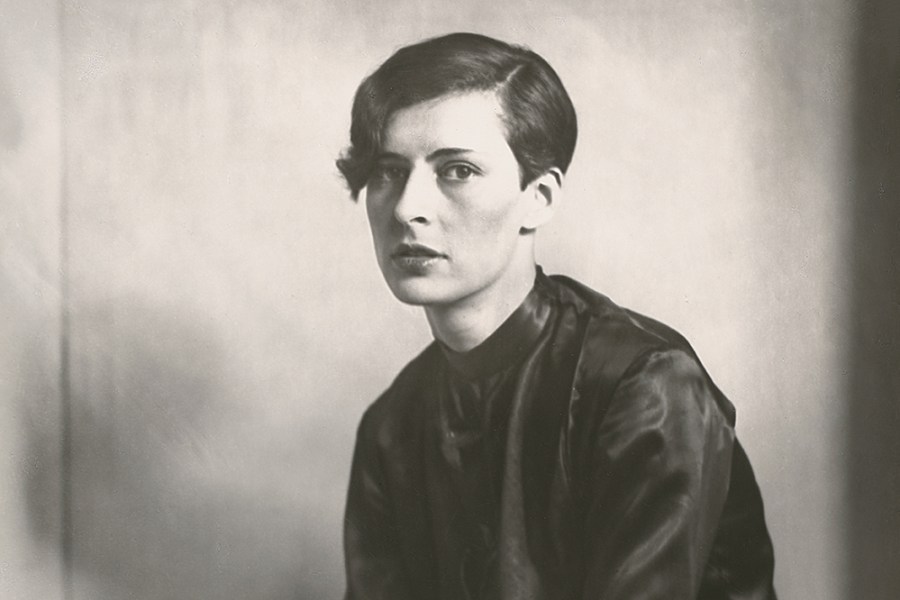
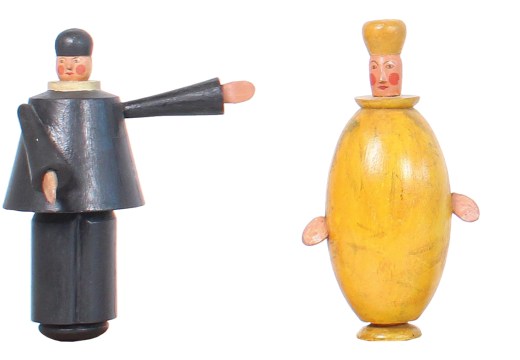
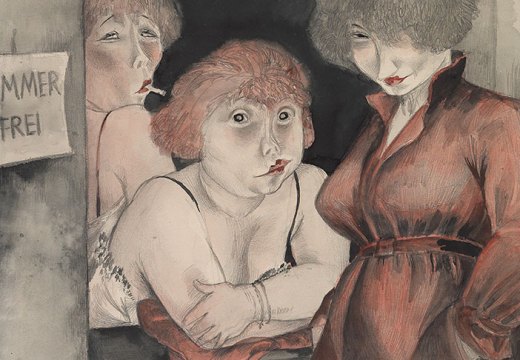
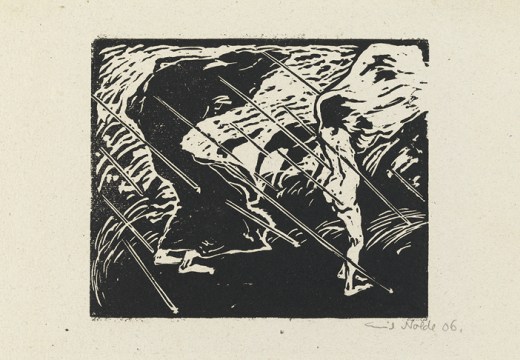









![Masterpiece [Re]discovery 2022. Photo: Ben Fisher Photography, courtesy of Masterpiece London](http://www.apollo-magazine.com/wp-content/uploads/2022/07/MPL2022_4263.jpg)
Why are fathers so absent from art history?